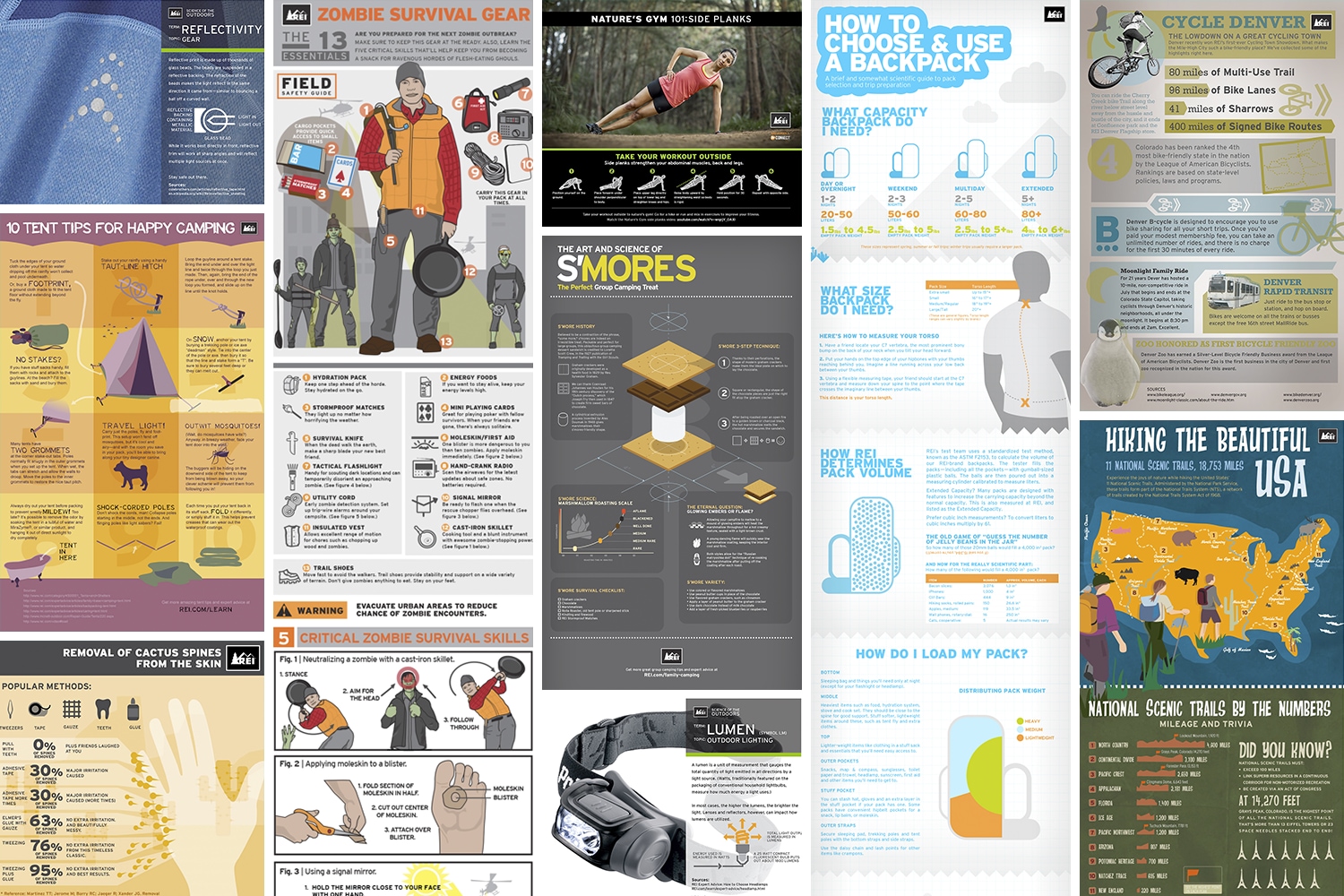As camping evolved to reflect a broader cultural shift toward mindfulness and sustainability, tent design followed suit. Whether it's with user-friendly configuration remedies or the application of Fitts' Law, contemporary outdoor tents style continues to innovate and increase camper's alternatives for outside exploration.
The wedge outdoor tents, also known as a wall surface outdoor tents, can be constructed by erecting the ridgepole atop upright posts and loosely staking down each side. This permits more living and moving around area than an A-frame tent.
The A-Frame
One of one of the most famous outdoor tents designs is a conventional A-frame. This framework takes its name from its roofline, which appears like the capital letter A. This form creates a vaulted ceiling that gives an open, large feeling inside the home. The sloping wall surfaces additionally make second-level loft space rooms optimal for sleeping.
In the past, a good scout might establish a canvas A-frame tent in two minutes or less. A modern-day A-frame cabin can supply the very same convenience of installation, yet with far better climate defense and even more useful room.
A-frames are a terrific example of functional design, which emphasizes lowering the intricacy of a product to make sure that it can be much more easily comprehended and used. Today, UI/UX designers utilize this principle to craft instinctive user interfaces that permit individuals to attain their goals with optimal efficiency. This technique mirrors the A-frame's origins as a remedy to human needs. The simplicity of A-frames additionally reflects a wish for outdoor experiences that stabilize technical advancement with a much deeper link to nature.
The Wedge
Whether you are new to wall surface tents or are a skilled camper, choosing the right framework for your canvas sanctuary can feel like a frustrating experience in the beginning. With many choices for fabric, frameworks and levels of security from the components to think about, you can easily obtain shed in a sea of jargon.
Luckily, browsing the world of wall surface outdoors tents does not have to be so challenging. We've established our very own system to help you streamline your decisions. With our easy Wedge version, we've removed the need for complex textile and framework options so you can spend more time appreciating your journey and much less time stressing over your sanctuary.
The Baker
The baker outdoor tents is a customized lean-to design outdoor tents. It is a really adaptable and valuable shelter that can be zipped tight against the elements or opened up to let in the warmth of a reflector campfire. The baker was the tent of option of numerous logging camps and wilderness canoe adventurers in the 1800's. The baker tent also gained notoriety in the very early 1900's hiking boots when nationally known outdoor author Horace Kephart made use of a baker outdoor tents at his popular base camp on Dicks Creek in North Carolina.
Picking the ideal interior framework, tube size and fabrication is an essential factor in determining the toughness of your wall surface camping tent and exactly how it will handle transforming climate condition. On top of that, a considerable part of your wall outdoor tents's long life and performance is determined by the therapy that it has actually gone through. Bravo's welded steel inner frameworks are built using superior 1 3/8 inch galvanized tubes and sturdy welded angle kits that are supported for additional strength.
The Whelen
In a time of increasing automation and urbanization, camping was a stepping back to standard nature recognition. It used a chance to appreciate blemishes in materials and asymmetry of the landscape, to welcome the transience of day-to-day rhythms of increasing, moving, sleeping, and relaxing, and to connect with the natural world at a greatly human degree.
Early camping tent styles were crafted with an eye to economic climate of space and weight, yet we have actually seen an abandonment of these conservative principles toward larger, gangly styles that take longer to set up, require even more mindful planning of the footprint, and deal much less in terms of climate security. In this way, the contemporary tent mirrors a societal change away from technical improvement and towards mindfulness, sustainability, and recognition for a more environment. Much like outdoors tents, UI/UX style is additionally centered on conference human needs. Fitts' Regulation, for example, shows us to prioritize the dimension and distance of interactive elements in order to facilitate quicker and a lot more efficient customer interactions.
